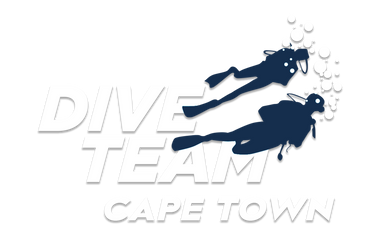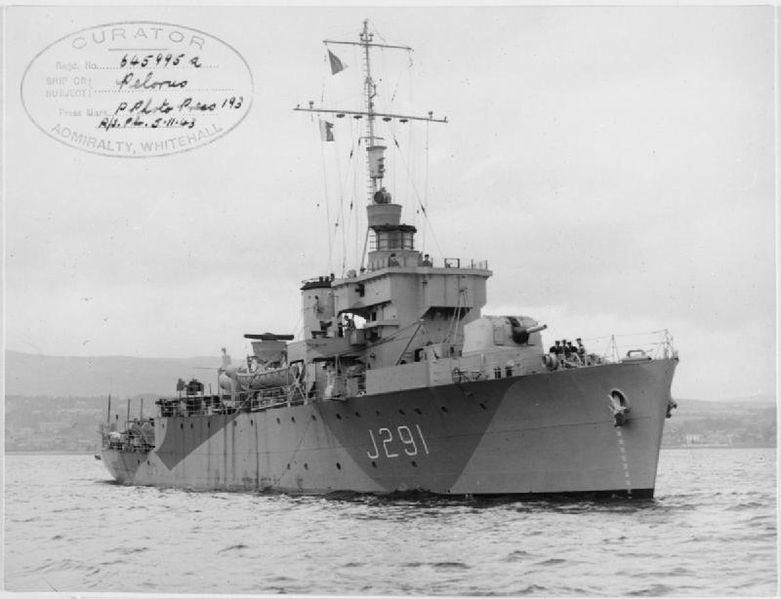- Access: Boat Access Only
- Experience Level: Suitable for Open Water Scuba Divers and Advanced Open Water Scuba Divers
- Interests: Shipwreck, Nudibranchs, Naval History
- Depth Range: 16m to 20m
- Average Dive Time: Approximately 60 minutes
- Other Dive Sites in the Area: PMB Pinnacles, Caravan Reef, Spaniard Rock
Dive Site Overview:
The SAS Pietermaritzburg wreck in False Bay is an easily accessible dive site in moderate condition, although it is deteriorating rapidly due to the elements. Situated at a moderate depth, it is a favored location for introductory wreck dives and night dives, owing to its manageable depth and close proximity to the launch site.
The Pietermaritzburg, originally named HMS Pelorus, was an Algerine class ocean minesweeper constructed by Lobnitz and Co. in Renfrewshire, Scotland. Launched on June 18, 1943, and completed on October 7, 1943, the ship played a significant role in the D-day invasion of Normandy in 1944 during World War II, clearing mines to pave the way for the Normandy beach landings.
After being sold to South Africa in 1947, the ship was renamed “HMSAS Pietermaritzburg.” A christening ceremony took place at Maydon Wharf in Durban on January 21, 1948, with Pietermaritzburg mayor A.E. Hirst and chaplain G.P. Jeudwine officiating. During its tenure with the South African Navy, the Pietermaritzburg served as a midshipmen’s training ship and made a historic visit to Knysna in September 1953, marking the closing of Knysna as a port.
Decommissioned in July 1964, the Pietermaritzburg served as accommodations for the Mine Countermeasures squadron from 1968 to 1991. On November 12, 1994, it was scuttled by explosive charges to create an artificial reef for scuba divers.
 |
 |
 |
 |
Scuba Diving and Navigation around the Wreck:
The maximum depth around the Pietermaritzburg wreck is approximately 20 meters on the sandy bottom near the stern. The deck at the bow is at about 17 meters, gradually sloping down towards the wheelhouse region, where the hull has fractured across the width of the vessel. The forward section tilts to port, while the midship section remains relatively level. Another hull fracture occurs at the break of the quarterdeck, with the quarterdeck sloping from 17 meters at the high point to starboard, down to about 19 meters on the port side of the transom. The highest point of the wreck is at 16.5 meters deep.
Visibility at this site is generally good in the winter months (May to August), often exceeding 10 meters. On exceptional days, visibility can surpass 15 meters, and there have been instances where the wreck’s outline was visible from the surface. However, surface visibility may differ from the underwater conditions. A murky surface layer, extending several meters deep, can occasionally obscure better visibility below, resulting in good visibility but diminished lighting on the wreck.
The Pietermaritzburg wreck is heavily adorned with invertebrates and is home to various fish species like Hottentot and endimic Klipvis species. Sea cucumbers are the predominant invertebrate species, covering nearly every surface of the wreck. Octopus and Cuttlefish are very common to see on the wreck.
This dive site is ideal for underwater photography, with wide-angle and fisheye lenses capturing the wreck’s character. In cases of poor visibility, it also presents excellent opportunities for macro photography, with numerous Nudibranchs and invertebrates serving as intriguing subjects.
Recommended Diving Equipment:
Due to high boat traffic in the area and the proximity to the Commercial slip at Miller’s Point, it is highly advisable to employ a Delayed Surface Marker Buoy (DSMB) to mark your ascent at the end of the dive. Typically, divers at the Pietermaritzburg use 10L or 12L air cylinders, as the dive is relatively shallow, and Nitrox is not commonly utilized.
• Dive Light: Consider bringing one if you intend to search for smaller critters or explore the wreck’s entrances.
• Camera: For capturing the wreck and marine life, GoPro cameras are favored by most divers. Additionally, SLRs with wide-angle or macro lenses are often preferred for capturing the remarkable underwater scenery.


